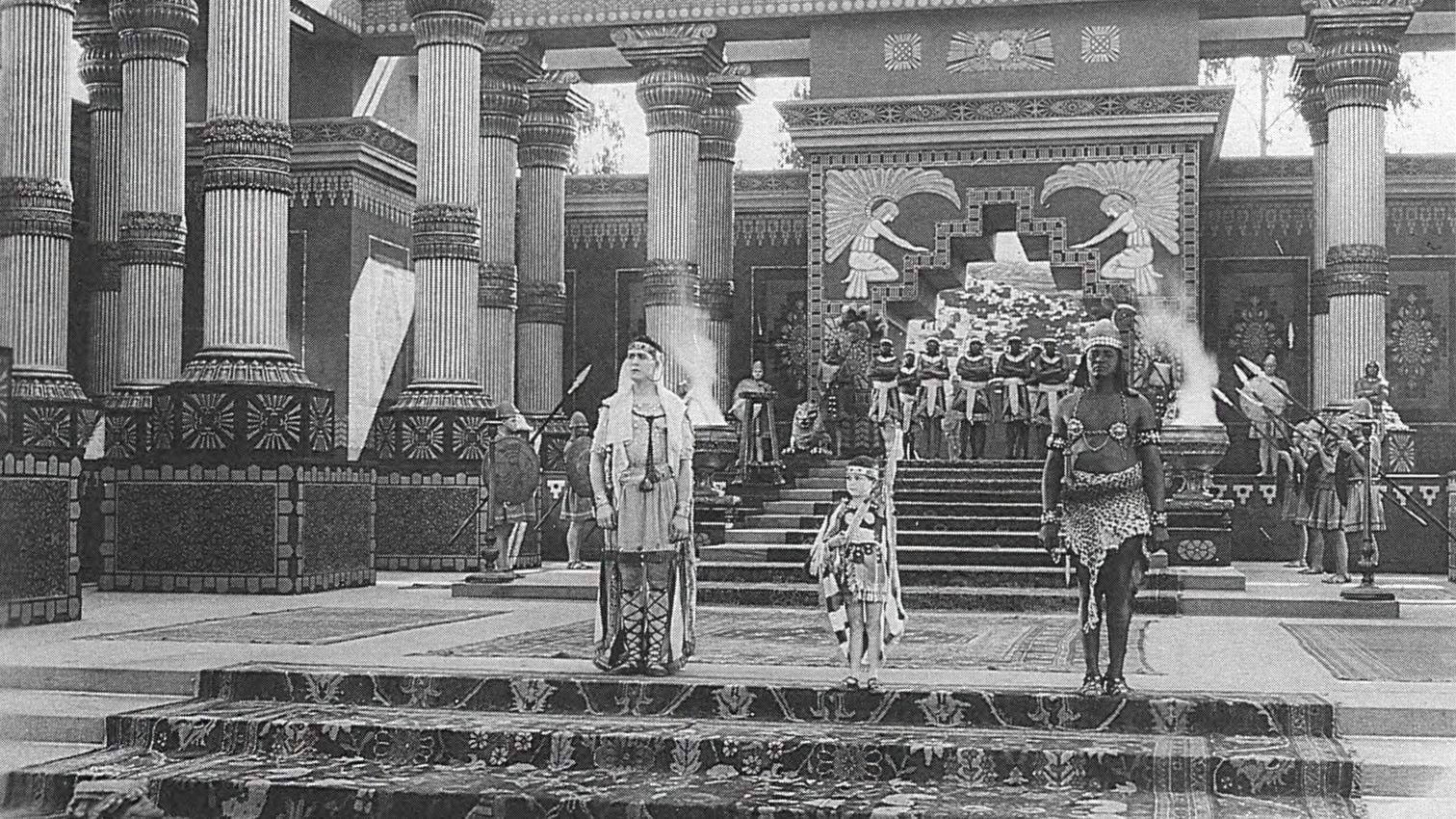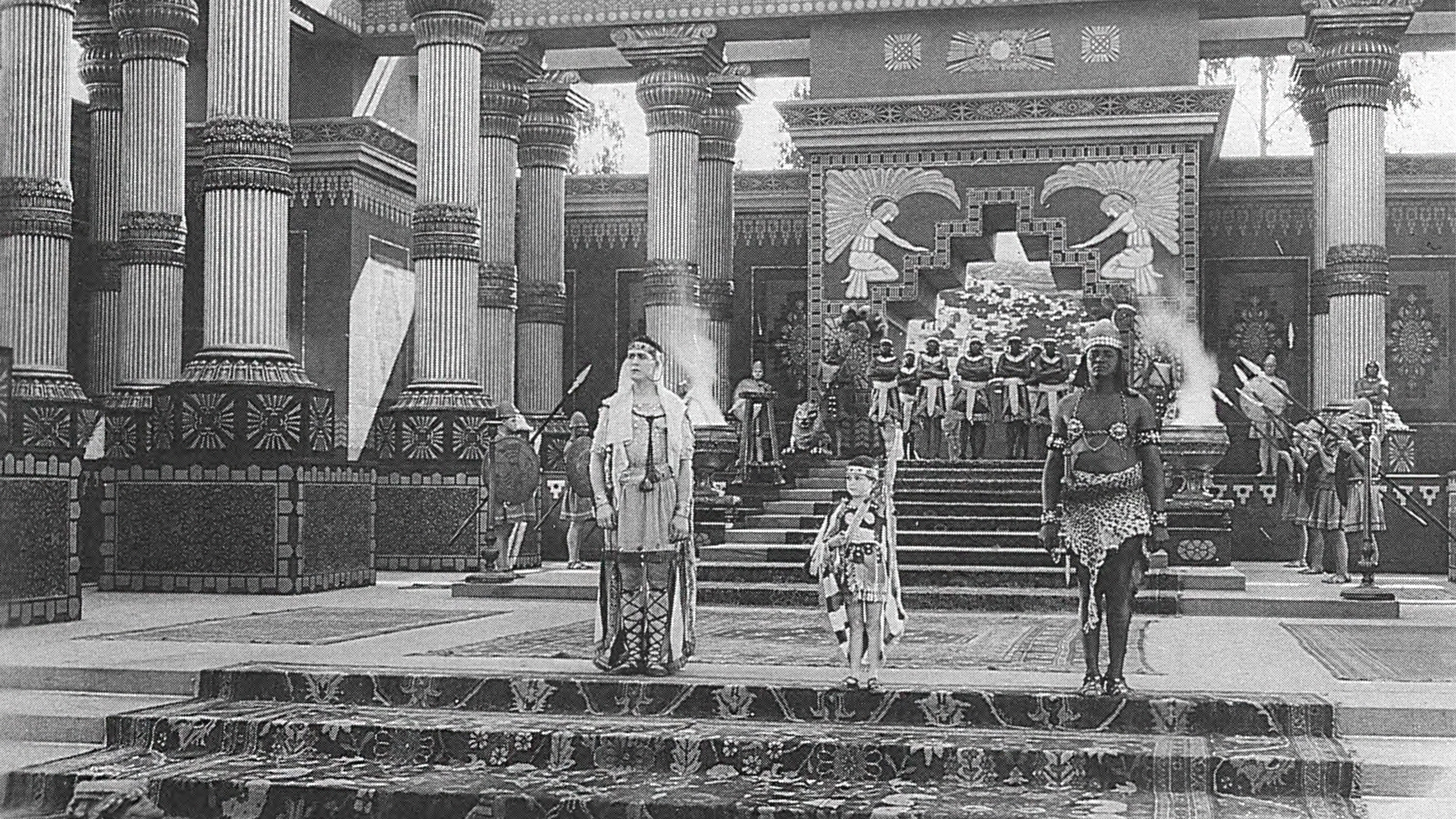Dwellings of Light and Shadow
Houses from/in/by/for Aims

For the vast majority of people, a personalized home is pure utopia. Nevertheless, Hollywood’s ephemeral architecture has transmitted the evocative power of architectonic language through emphatic compositions that reveal an indivisible nexus between forms and a given moral state. Film sets have provided a way of reading architecture even though it was confined to a reductive code. Juan Antonio Ramirez discusses the consequence of this phenomenon, characterized by the transposition of architecture from the sets to architectonic culture itself which, at least this time, has found its mirror image in mass culture.
Houses have often been defined as a second skin. For centuries, people have been born in houses and grown up, suffered or loved within four walls. Traditional homes were also the site of death and the setting for the only ≪monument≫ affordable to most: a portrait of the deceased and his or her objects, which was usually conserved. The ≪old house≫ was like a palimpsest full of memories and meanings; each new resident established a complex dialogue with the house he inherited, each time initiating a difficult readaptation process. Modern architecture, on the other hand, favored an impersonal and normalized concept. The machines d’habiter were conceived for ideal average inhabitants with uniform needs that could be satisfied through series production. Quite clearly, this kind of housing calls for difficult adaptations, which are often a complete failure...[+]






